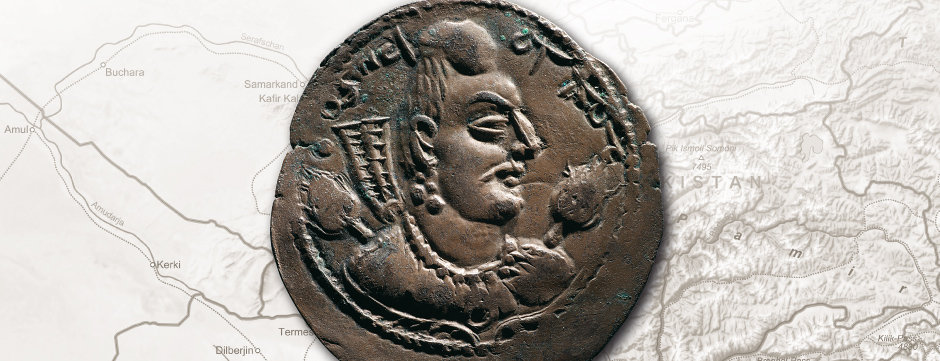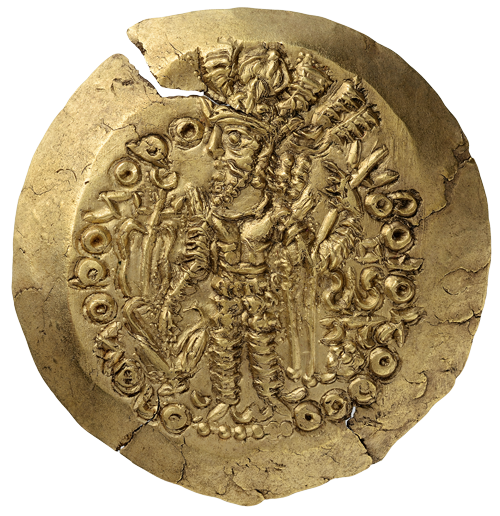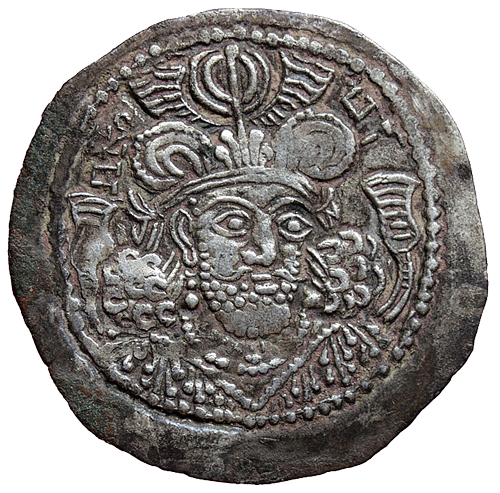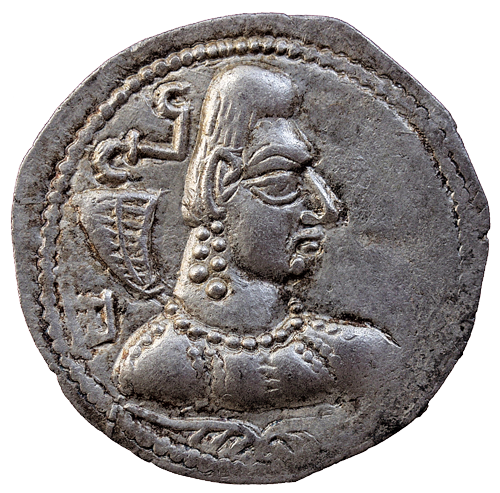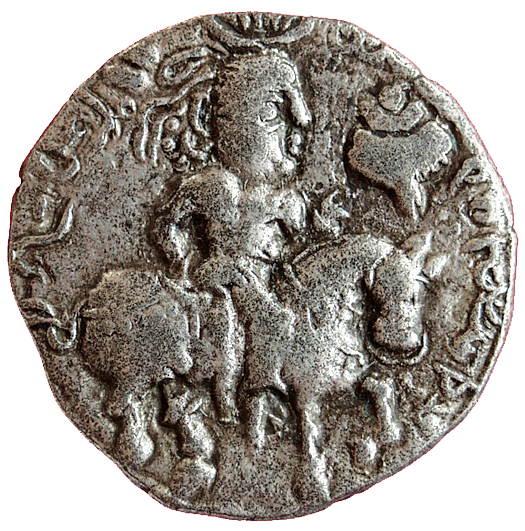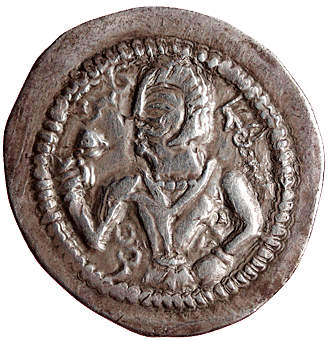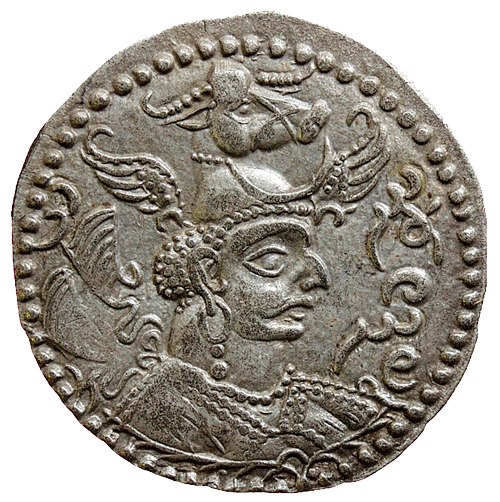The Countenance of the Other
The Coins of the Huns and Western Turks in Central Asia and India
In the collective memory of western and eastern civilizations the Huns more than any other people symbolize the menace of migrating nomadic peoples from the steppes of Asia in late antiquity. Over time, “Huns” referred to a number of different peoples, from the tribes against whose onslaught the Chinese built the Great Wall to the formations under the command of Attila († AD 453) who devastated Europe. However, the Huns and their Turkish successors were much more effective in Central Asia and northern India where they established themselves in the 4th century, profoundly influencing the region’s culture and history.
Contemporary historians reviled the Huns. They called them savage “two-legged beasts” and the Indians even claimed they had destroyed Buddhist monasteries and other religious institutions. Today we know that none of this was true. Hunnish coinage documents the willingness of the new masters to conflate and amalgamate the many cultural and religious influences to which they were exposed, creating a unique – and to the modern eye both touchingly strange and familiar – culture. This is the first exhibition to bring together a comprehensive survey of these coins, offering a geographic-historical perspective and thus a new look at this little-known civilization.
The exhibition presents the results of a six-year research project (National Research Network [NFN], The Cultural History of the Western Himalaya from the 8th Century [S98]) that was supported by the Austrian Science Fund (FWF) .
Information
1 December 2012
to 23 March 2014
Link
Detailed maps and a digital exhibition catalogue as well as additional content and links that can be accessed via an online project-portal.




